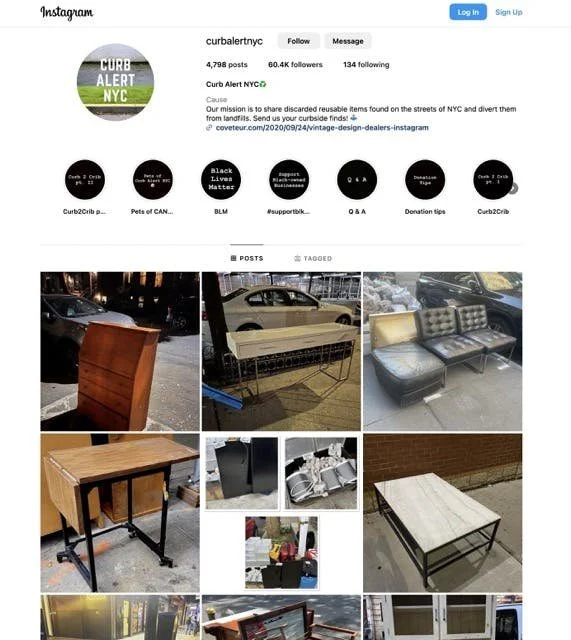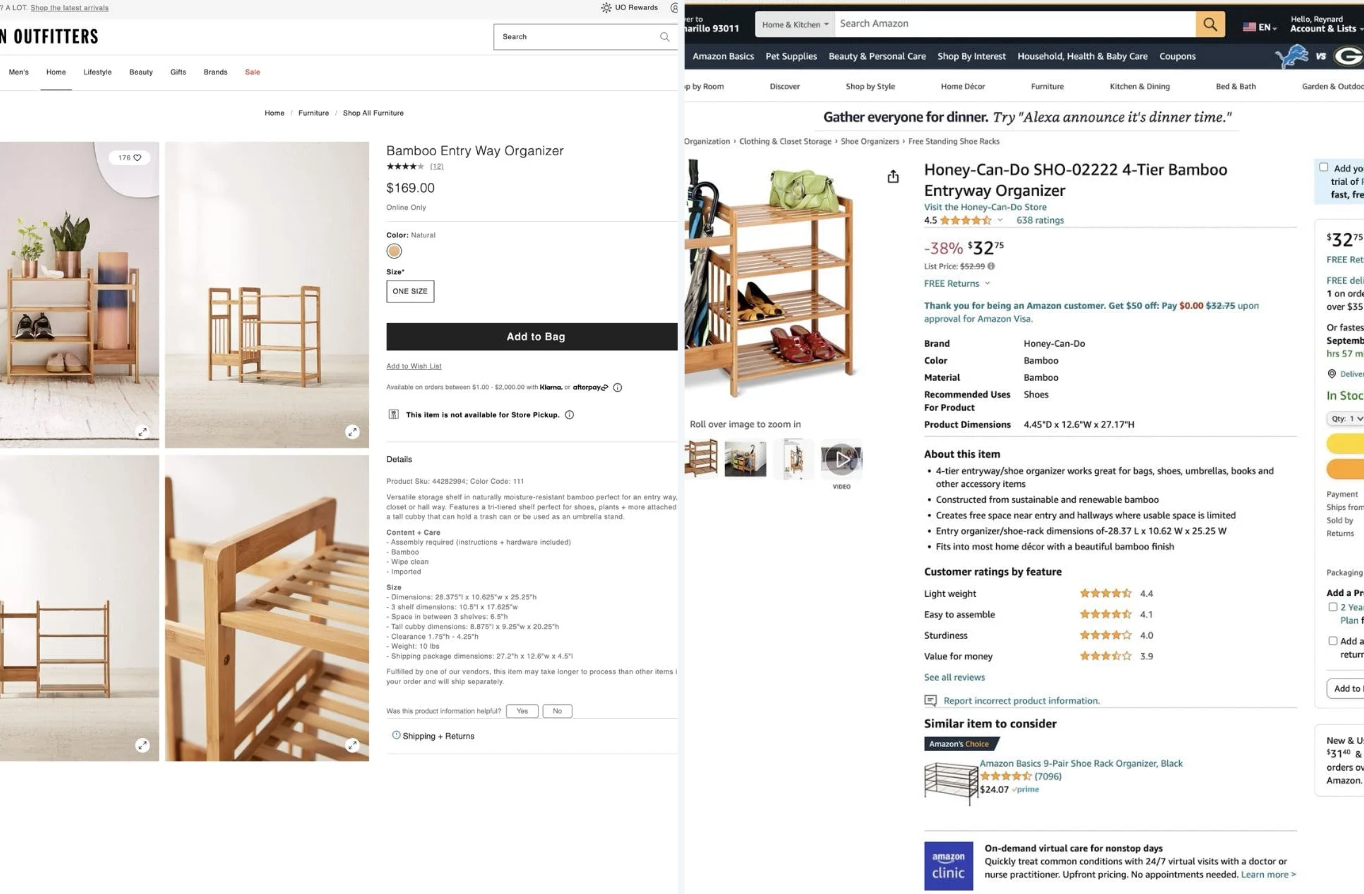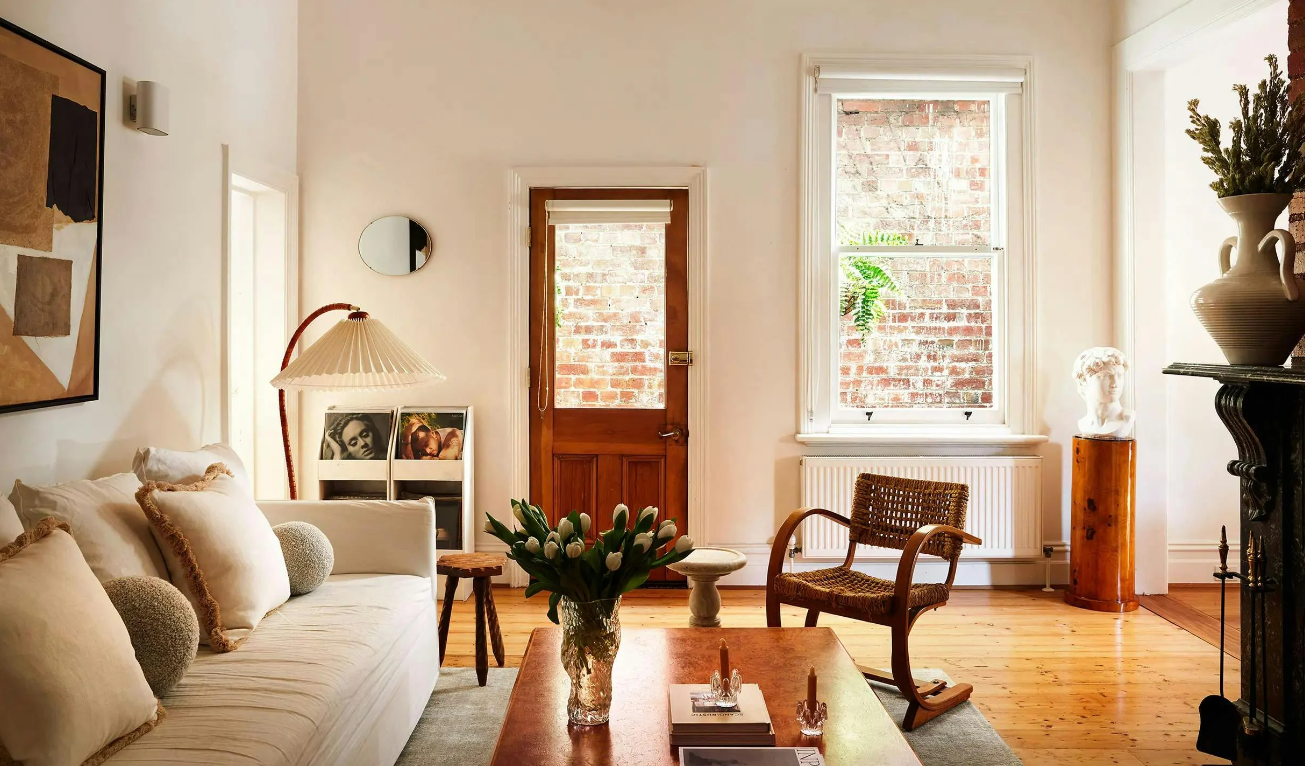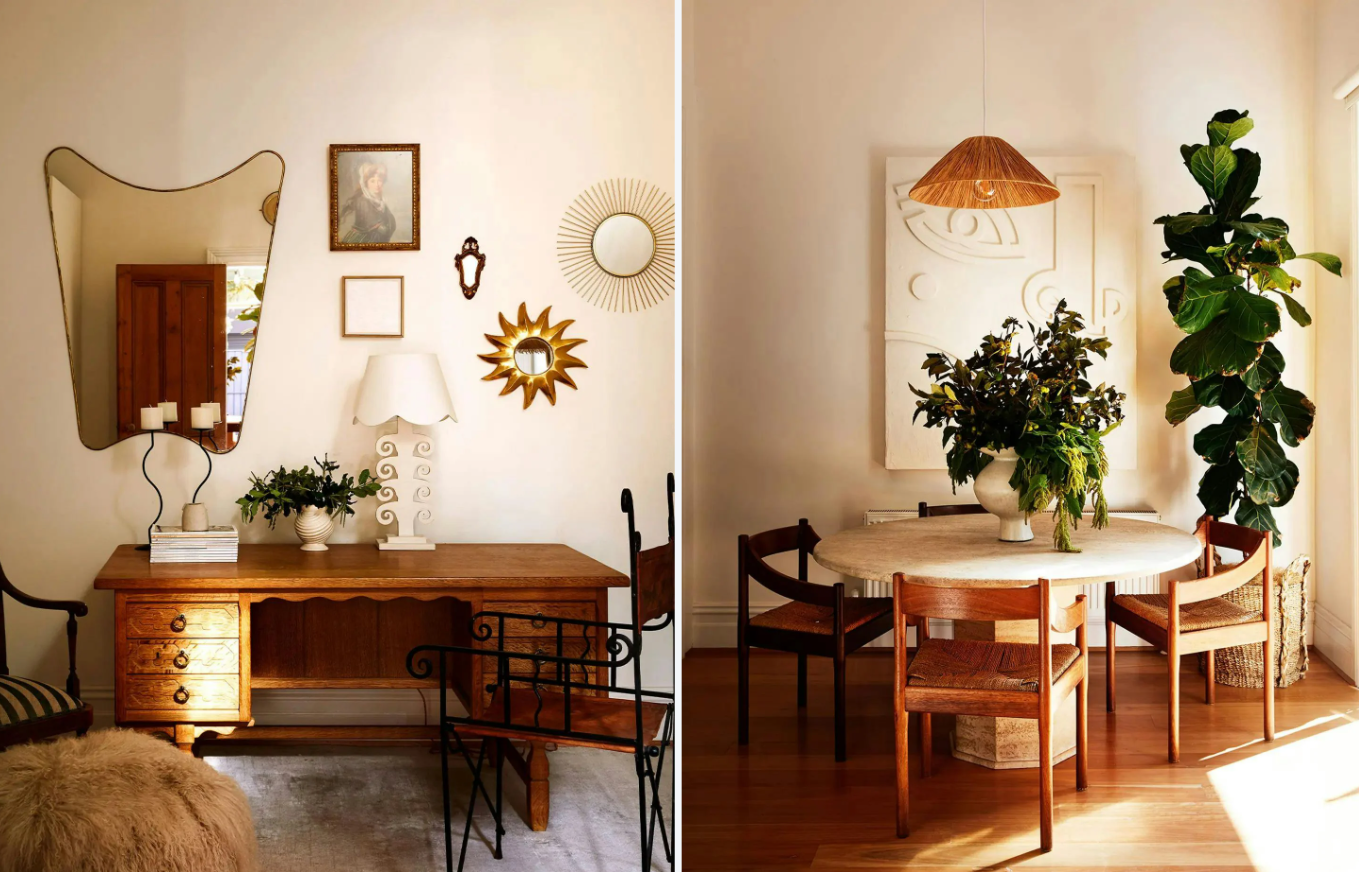The Curation: How To Have a Well Decorated Space on Budget, and Beautiful Space
Hey everyone, a quick reminder that Amazon is having their Prime Day! So if you’re on the market for anything: home goods, appliances, decor, electronics, books, and furniture, now is a good time to hop on those sweet deals! Check out all of my favorite deals here.
Many of you know that I, myself, am not a huge proponent of buying for the sake of buying, but if there are items you genuinely need or have been on your wishlist, I’m indeed a big proponent of buying things at a discounted price :) Why pay more if you can get the same thing for less, right?
So, to make it easier for you, I’ve curated a bunch of amazing stuff that I think are a great buy, many of which I personally use myself (or at least brands that I think make good stuff). Check it out on my Amazon home page.
Weekly Learnings & Findings
How To Have A Well Decorated Space When You’re On A Budget
Instagram and Pinterest are flooded with beautiful spaces that are a distant dream for most of us. While this may seem to be the case, there are actually many ways for you to have a well-decorated space without breaking the bank. Today, I’ll go through my six tips for transforming your home on a tight budget.
1. Upcycling and Second Hand
Sourcing secondhand or upcycling what you already own is one of the most budget-friendly ways to go about decorating. It takes time and can get frustrating, but the key is to have patience.
If you’re going down the upcycling route, take a look at any old or worn-out pieces that you already have and think about ways you can restore them. Do they need a fresh coat of paint? Can you reupholster them? Is there any way to re-varnish or stain the pieces? So long as the piece has a solid frame or foundation, it can be restored to look like new. It just requires some sweat equity.
You can also take an upcycling mindset to purchase second-hand items. Generally, second-hand items that need minor repairs are cheaper than ones in pristine condition. If you see something whose shape or silhouette that you like, but not the fabric or color, think about how you can DIY it to suit your style better.
When looking for second-hand items, I’d suggest visiting online and in-person auctions. Alternatively, visit your local thrift shop or flea markets as you never know what gems you might find there. Marketplace and Craigslist are other great resources.
If you live in a big city, you can also check out the kerbside, especially in more upscale neighborhoods. Most suburbs schedule their kerbside pick-ups, so try to figure out what days people will be putting stuff out on their nature strip online.
2. Reverse Image Search
Companies often track trends and their competitors, leading to similar-looking products in the market. One furniture brand may make the same thing as another but with massive markups. For example, Urban Outfitters is notorious for doing this.
If you find a piece of furniture or decor item that you really like, there’s no harm in reverse image searching it on Google to see if other places are selling a similar-looking thing for less.
Use Google Image Search to find similar-looking products
If you do find a cheaper option, check the specifications to see if they’re using different materials or constructing it in a different way. Bear in mind that a price reduction can also mean a reduction in quality, but sometimes, you may find the same item selling for much cheaper elsewhere.
These two organizers look very similar to me and even have the same material (both made of bamboo). Maybe there are some slight differences but this is one of those examples where I'll likely go with the cheaper one.
3. Resell Old Stuff To Fund New Stuff
If you have a lot of stuff that you no longer want or don't fit with your vision, you can always sell it to raise extra funds to buy the pieces that you actually love.
List your items on Facebook Marketplace, Craigslist, or other platforms unique to your country. I’ve always done this every time I want to get rid of something and have gotten back thousands, if not more.
It takes a similar amount of effort to sell them rather than dumping them, sometimes even less when it comes to bulky items, as someone will come to pick them up. This is much better than going straight to landfills, which results in more waste.
4. Don’t Just Focus On Aesthetics
Other sensory experiences like smell and sound are just as crucial as aesthetics when it comes to creating a welcoming living space. Fortunately, adding sensory elements to your home often comes at a fraction of the cost compared to traditional decor items.
By incorporating affordable scented candles, essential oil diffusers, or even freshly cut flowers, you can instantly elevate the ambiance and mood of any room. Likewise, introducing soft background music or the soothing sounds of nature which you can access through inexpensive streaming services or even for free online, can further enhance the sensory experience. Lighting is another important aspect and one that I’ve covered many times.
5. Add Greenery
Plants can update a space by adding color and interesting organic shapes and textures. Large indoor plants can be quite pricey so a budget solution is to buy multiple smaller plants and display them at varying heights to give the illusion of a singular large one.
You may also consider getting succulents as they are easy to care for and inexpensive. Start small by picking up a few plants from your local nursery or make inquiries to your local council to see if they give away freebies.
Another cheap solution is to pick some branches from your backyard or nearby areas and place them into a vase as it is a fantastic statement piece for the home. If you are from Australia, you can create beautiful dried arrangements from natives such as eucalyptus (or insert other natives depending on where you are) without paying the hefty prices that florists charge for the same thing.
6. Decorate Slowly
You don’t have to decorate everything in one go even if it’s really tempting. You can save a lot by buying slowly, waiting for sales, and looking for second-hand options. If you are in a hurry to get your room “done”, you’re bound to make some bad choices and mistakes.
I’ve moved into my current home for a bit over a year, and while we’ve completed some rooms, our living and bedroom are still pretty bare-bone. Back in my previous apartment, it took me almost 3 years to fully furnish it, slowly buying one thing at a time.
Finding things that you really like that are also of high quality and functional takes time, regardless of whether you are on a budget or not. Before you start shopping, make sure you have clearly defined your aesthetic or vision for your space. This way, you will always have a guide to refer back to as you slowly furnish your space. Otherwise, you may end up with things that don’t particularly go well together.
Check out this video on how to start designing your room.
Beautiful Space
A Vintage Seller’s Beautifully Curated Melbourne Home | Written by Lucy Feagins, Photography by Caitlin Mills
Struggling with decorating your home?
Check out some of our templates and resources.
Or check out my Practical Home Design course where I cover a step-by-step process so you, yourself can confidently make your own choices and design a home that you’ll love. There's roughly 3 hours of video content, and I'll also provide you with guides, handbooks, templates, and a bunch of resources to aid your learning.
See you in a fortnight!
Reynard Lowell





